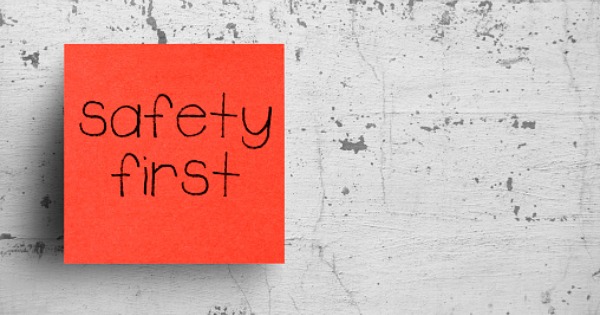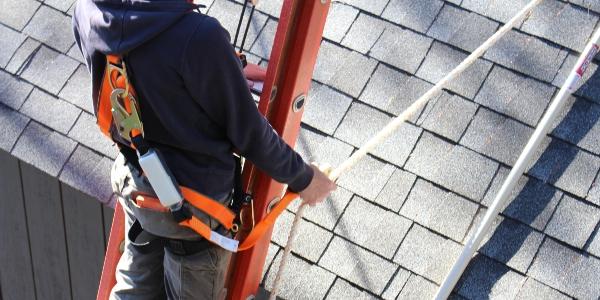Four Key Topics Roofers Should Address in their Safety Manuals

Manuals should clearly define training, monitoring, disciplinary consequences and safety requirements.
1. Plans for Conducting Safety Training
While sometimes overlooked, corporate safety and health programs (“safety manuals”) should include plans for how employees will be trained regarding safety. These plans should cover, for example: (1) who will be responsible for conducting training; (2) where and how often training should be conducted; (3) how training will be conducted and which materials will be used; and (4) how employees will be tested for comprehension. Without plans like these, safety manuals tend to collect dust in the truck or office instead of being put to use in the field.
2. Plans for Supervising and Monitoring Employees in the Field
Safety manuals should also address how employees will be monitored in order to ensure they comply with the requirements of the manual. Manuals should cover the obligations of onsite supervisors, but also include requirements for periodic inspections by management. Typically, employers should plan to conduct announced and unannounced inspections in order to identify and correct safety deficiencies. Put simply, plan to “inspect what you expect”.
3. Plans for Disciplinary Action When Employees do not Follow Safety Rules
In order to ensure compliance, employers should (and are required to) implement some form of disciplinary action program. The safety manual should outline the gradual steps the employer will take in the event of noncompliance. For example: First offense – warning and retraining; second offense – suspension and retraining; third offense – termination. Additionally, the manual should specify who is responsible and authorized to discipline employees.
4. Substantive Safety Requirements
Saving the most obvious for last, safety manuals should also address employers’ substantive safety requirements. While certainly not an exhaustive list, roofers’ manuals should contain components addressing fall protection, ladders, hazard communication, hand and power tools, scaffolding, personal protective equipment, and many other requirements. However, these safety rules are only useful if they are: (1) trained to employees; (2) subject to inspection/monitoring, and (3) will lead to discipline in the event of noncompliance.
Authors Note: The information contained in this article is for general educational information only. This information does not constitute legal advice, nor should it be relied upon as legal advice for your specific factual pattern or situation.
Travis S. McConnell is a construction law attorney with Cotney Construction Law, LLP. McConnell’s legal practice focuses on all aspects of construction law. He works extensively on matters relating to OSHA defense, which includes the management and development of safety and health strategies for construction contractors across the United States. McConnell’s OSHA practice concentrates on litigation and the appeals of citations involving catastrophic construction-related accidents. For more information, contact: Travis McConnell, tmcconnell@CotneyCL.com.





















Comments
Leave a Reply
Have an account? Login to leave a comment!
Sign In